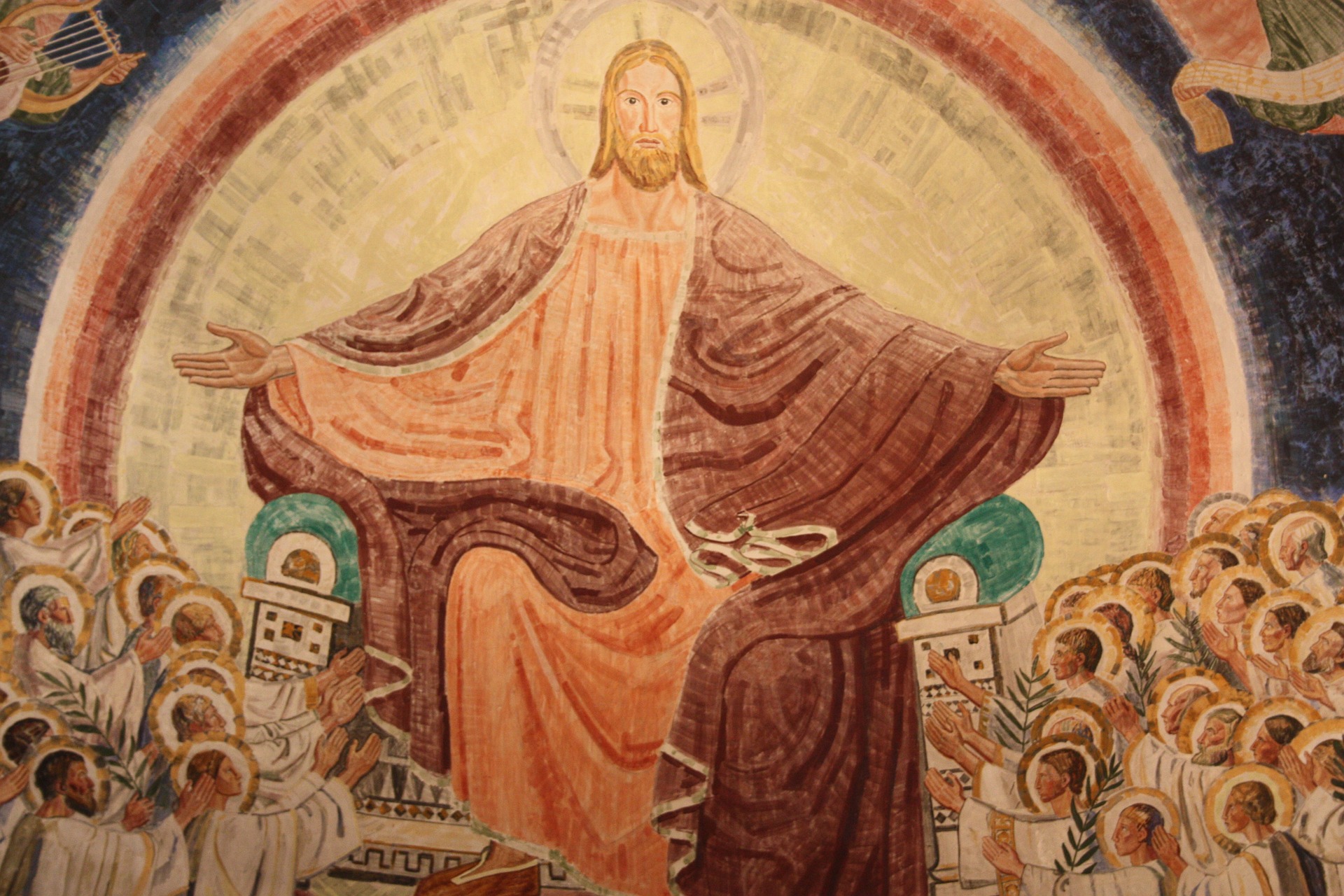What does a Throne Represent?
A throne is a symbol of power and prestige. It is a reminder of past rulers and a representation of the current ruler’s authority. Its significance transcends cultures and countries, having been used to represent power and rule since antiquity. There are many interpretations of what a throne can represent, depending on the context and the individual’s beliefs.
It is often a metaphor for a certain level of authority, and its presence can be intimidating. In this blog post, we will explore the symbolism of a throne and its various interpretations, as well as its importance in different cultures and religions. We will discuss how a throne can be used to convey power, prestige, and control. By the end of this post, readers will have a better understanding of what a throne represents and how its meaning has evolved over time.
1. A Throne can Symbolize the Power of a Monarch or Ruler
A throne is a symbol of sovereignty, authority, and power. Throughout history, thrones have been used to represent the power of a monarch or ruler. The throne is often seen as a sign of a person’s right to rule, as it is typically placed in a prominent place and is often made of lavish materials. It can also be used to represent the authority of a ruler or monarch within a certain area of control. Furthermore, thrones can be used to signify the lineage of a monarchy, with each generation of rulers taking a seat on the same throne.
2. It can be Used to Represent Authority and Respect
The throne is a powerful symbol of authority and respect in many cultures. Historically, thrones were used to signify a monarch’s power, authority and control. Even today, the throne is a representation of power and respect in many societies, and it is often seen in ceremonial and formal events. As a result, the use of a throne in such contexts is used to convey honor and respect to the one who sits on it.
3. In Some Cultures, a Throne can Also Represent Divine Right or Divine Justice
In some cultures, a throne is a physical representation of a monarch’s power and authority. It is a symbol of their legitimacy and their right to rule over their subjects. However, for certain cultures, a throne can also represent divine right or divine justice. This is often seen in monarchies where the monarch is considered to be chosen by a higher power to lead the people. In this case, the throne is seen as an embodiment of the divine authority that has granted the monarch their power. The throne thus serves as a reminder of the monarch’s divine mandate and their responsibility to rule justly.
In conclusion, a throne represents power, authority, and legitimacy. It is the visible symbol of a ruler’s power and position within a kingdom, and is the physical embodiment of the divine right of kings. Thrones are often passed down through generations, and are seen as symbols of stability and continuity. Throned rulers have a responsibility to use their power wisely and justly, in order to ensure the prosperity of their realm.

